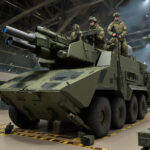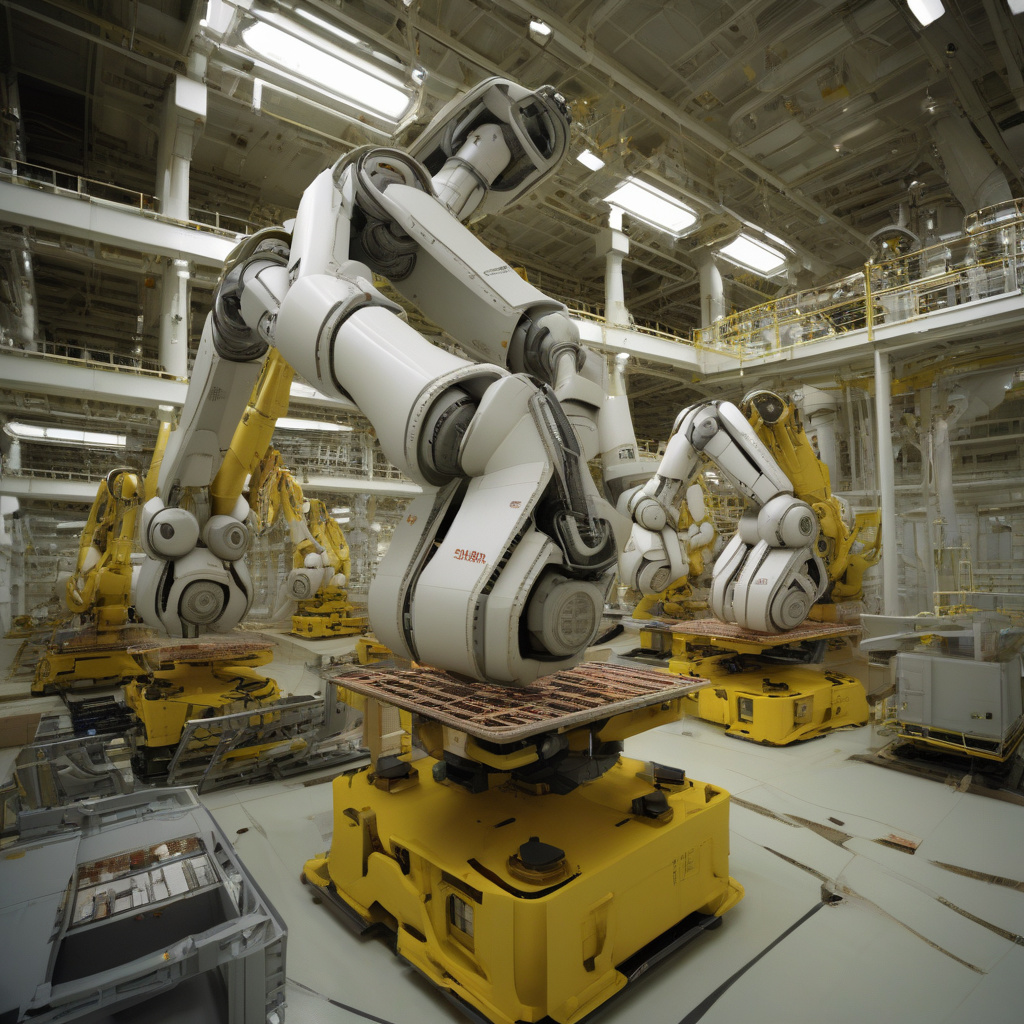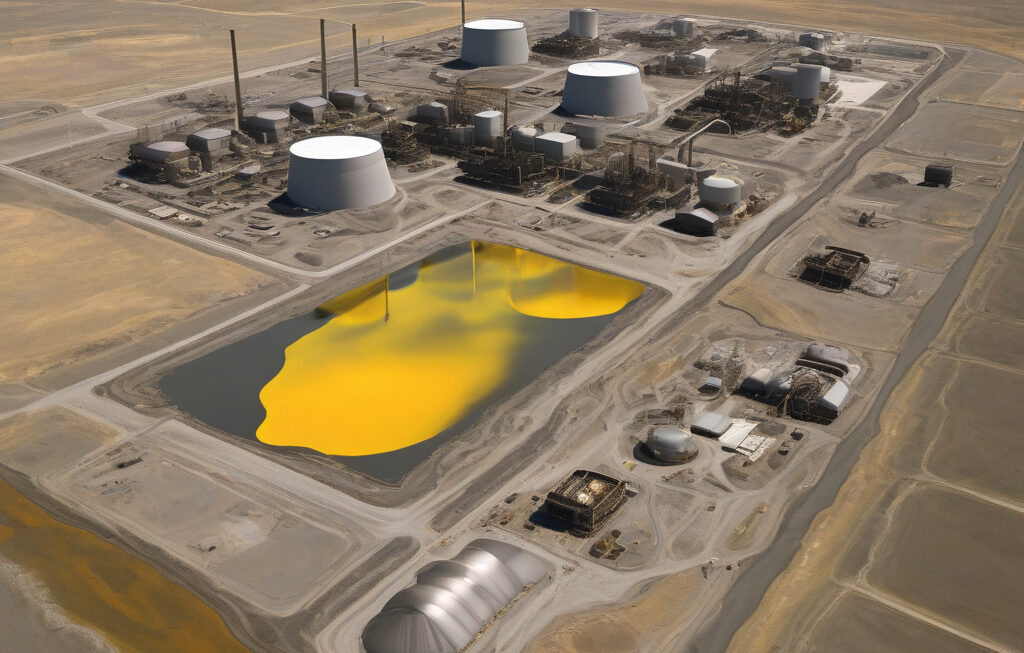Robots to Extract 41.5 Tonnes of Radioactive Sandbags at Japan’s Fukushima Plant
Remotely operated robots are set to begin work in the Fukushima Daiichi nuclear power plant’s latest endeavor to tackle the aftermath of the 2011 disaster. The robots will be tasked with removing 41.5 tonnes of radioactive sandbags that were placed around the plant during the initial stages of the crisis to contain the radioactive contamination. This ambitious project marks another milestone in the ongoing efforts to clean up and decommission the plant.
The Fukushima Daiichi nuclear disaster, triggered by a massive earthquake and tsunami, resulted in the meltdown of three reactors and the release of radioactive materials into the environment. In the years following the disaster, various measures have been taken to stabilize the plant and mitigate the environmental impact of the radioactive contamination. One such measure was the use of sandbags filled with contaminated soil to prevent the spread of radioactive particles.
However, as time passed, the sandbags deteriorated, posing a new set of challenges. The radioactive sandbags now need to be carefully removed and disposed of to prevent further contamination of the surrounding area. This is where the remotely operated robots come into play. These specialized robots are equipped with advanced sensors and tools that allow them to navigate the complex and hazardous environment inside the plant.
The use of robots in nuclear decommissioning projects is not new. In fact, robots have been instrumental in carrying out tasks that are too dangerous or difficult for humans to perform. From inspecting reactor cores to removing radioactive debris, robots have played a crucial role in the cleanup and decommissioning of nuclear facilities around the world.
One of the key advantages of using robots in such operations is their ability to work in environments that are inaccessible to humans. The high levels of radiation inside the Fukushima Daiichi plant make it extremely dangerous for human workers to enter certain areas. By using robots, operators can carry out the necessary tasks remotely, reducing the risk of exposure to radiation.
Moreover, robots can work continuously without the need for breaks, ensuring a faster and more efficient cleanup process. This is particularly important in the case of nuclear disasters, where time is of the essence in containing and mitigating the spread of radioactive contamination.
The deployment of robots to remove the radioactive sandbags at the Fukushima Daiichi plant is a testament to the advancements in robotics technology and its applications in challenging environments. As the robots begin their work, they will not only help in cleaning up the aftermath of the disaster but also pave the way for future nuclear decommissioning projects.
In conclusion, the use of remotely operated robots in the cleanup of the Fukushima Daiichi nuclear power plant demonstrates the potential of technology to address complex challenges. By leveraging the capabilities of robots, operators can safely and efficiently carry out tasks that would otherwise be impossible. As the cleanup efforts continue, the role of robots in nuclear decommissioning is likely to become even more prominent, shaping the future of environmental remediation.
Fukushima, Robots, Nuclear, Cleanup, Technology












